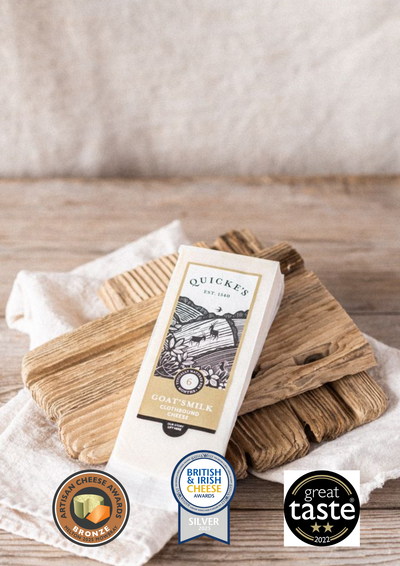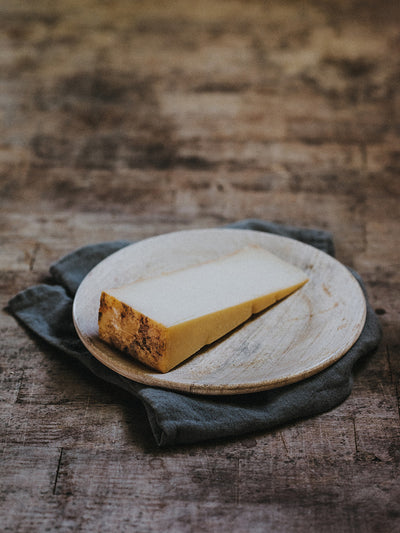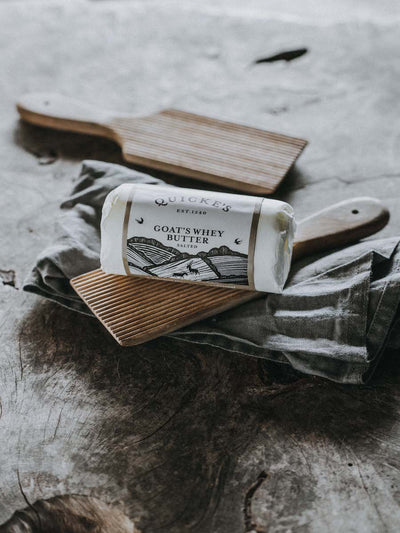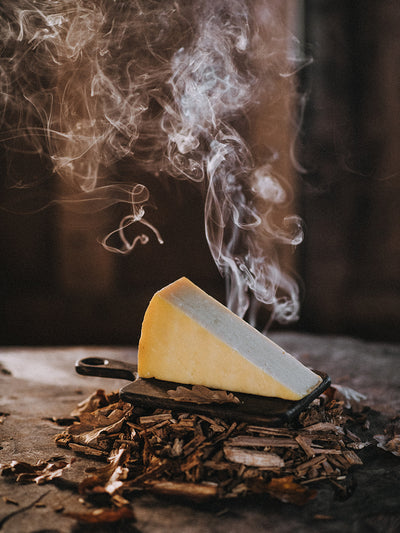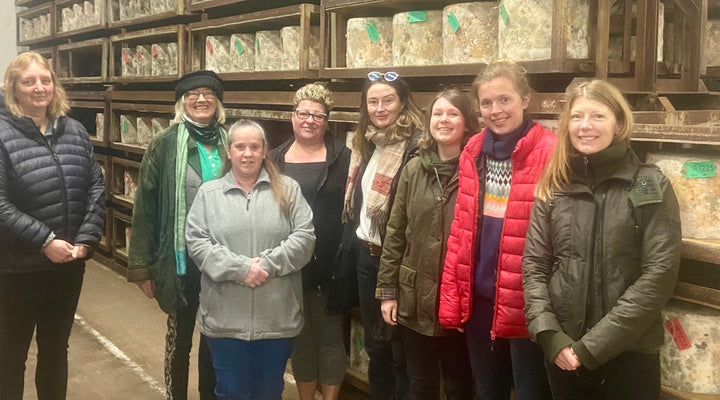When you look at the winter hedgerows, drooping, grey and glistening with frost, it's hard to imagine there is much life around. But the truth is, even in the depths of winter, plenty of foodie treasures can be found.
Finding, gathering and harvesting wild foods is a wonderfully simple (and free) activity, and was once, of course, the only way to get food. While we might have a convenience store on every corner and can have groceries delivered with a click of the mouse, we still believe it's important to get back to nature and remember where our food comes from every now and again, connecting us to the land and the seasons.
Foraging at this time of year can provide energy, nourishment and warmth to see us through the long, dark winter. Nothing's better than tucking into something which you picked with your very own hands.
You can find wild food where you least expect it - little jewels in a bleak hedgerow. Below are some things you can easily find out and about in the UK this winter. So, pull on your Wellington boots, grab a basket and head down the muddy lane to find some winter treasures.
Please make sure you research before consuming anything you forage. Many safe things look similar to toxic things, so it's important you're 100% sure.
Trees
Conifer Needles
An unlikely wild food with incredible medicinal properties which we see almost every day. Snip them up into small pieces and make pine needle tea for a healthy dose of immune boosting vitamin C.
Juniper Berries
An evergreen conifer with small fleshy, purple, aromatic, berry-like cones close to the stem. You can infuse them into vodka to make homemade gin. Juniper's stems are fragrant throughout, which means the wood is often used for smoking food to impart a wonderful fragrant flavour.
Tree Sap
Birch sap is commonly known for its detoxifying, diuretic, cleansing and purifying properties, and can be drunk fresh, straight out of the tree. You can also make it into wine, beer, mead or vinegar.

Nuts & Seeds
Chestnuts
A favourite at this time of year, a Christmas classic sung in carols. The smell of them roasting and the sound of them popping is sure to bring magical festive feelings for many. Great for adding to your Christmas stuffing, or candying them for a sweet festive treat.
Hazelnuts
If the squirrels haven't taken them all, you may be lucky to find a few hazelnuts still clinging onto branches. Once the papery outer covering starts pulling back from the nut, then hazels are edible.
Berries
Rosehips
The rose is a wild edible that can be eaten from root to tip. Rose hips are high in vitamin C, make them into a tea to help ward off a winter cold. Best picked after the first frost for softer flesh.
Hawthorn berries
Red hawthorn berries can be found in abundance in hedgerows throughout the winter. The fruits have a large stone surrounded by a creamy-white flesh which is slightly sweet. Hawthorn is high in pectic so they're great for making into jam. Also good as a tea.
Damson
A slightly sour plum-like fruit which can be made into jams, pies, wines, preserves and liqueurs. They can also be made into a tasty damson-vodka, the equivalent of sloe gin.
Sloe berries
This blue-black fruit of the Blackthorn tree is tart and acidic. The sign of winter as people gather sloes to make homemade gifts of gin and jam. Spent sloes from gin can be used again in a conserve.

Leaves
Hairy Bittercress
Sometimes referred to as “garden cress,” “pepper cress,” or “popweed,” this weed isn't fussy where it grows and can be identified by a kidney bean shaped leaf with small white hairs. The soft, tender leaves have a sharp, peppery flavour, great for adding to winter salads with goat's cheese and beetroot.
Ground Elder
A gardener's nightmare but the young, translucent leaves are great for salads. Toothed, oval and usually in groups of five, ground elder smells and tastes like sweet parsley.
Garlic Mustard / Jac By The Hedge
Look for the heart-shaped (first year) and/or arrow-head (second year) leaves. The plant contains a natural antifreeze so the overwintering rosette can be found and eaten even in the depths of winter. The leaves have a delicious and strong mustard/pepper flavour. Add to your Christmas stuffing or to a comforting winter soup.
Mushrooms
Oyster, velvet shank and blewits are all still around in the depths of winter. All work deliciously well in wild game casseroles, hearty beef stews, and warming soups.

Please make sure you research before consuming anything you forage. Many safe things look similar to toxic things, so it's important you're 100% sure.

